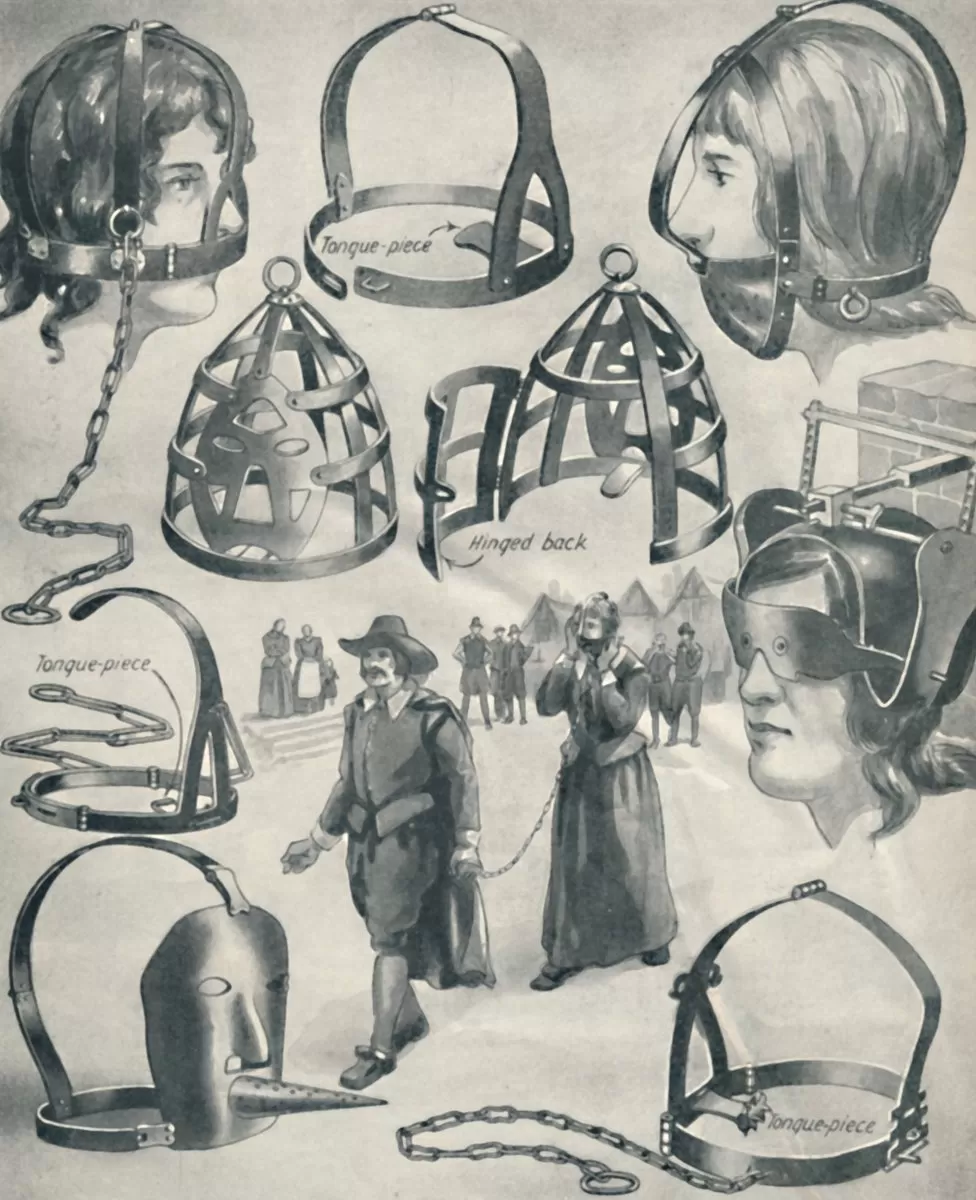
BBC
Marion Walker (fl .1597–1614) was a Glaswegian widow who was a defender of witches and a staunch Catholic with a close association to the Jesuit, John Ogilvie. She was in a lengthy dispute with the Presbytery concerning the fraudulent claims made by Margaret Aitken, the great witch of Balwearie that resulted in the execution of hundreds of innocent women during the witch panic of 1597. Margaret had confessed to the fraud prior to her execution, but the document also detailed the role undertaken by the minister John Cowper in perpetrating the miscarriage of justice. Marion obtained a copy of the confession, and ensured it was widely circulated throughout Glasgow.
At a time when Catholic worship was banned and considered a criminal act in Scotland, as an integral member of the Catholic community in Glasgow, Marion hosted the celebration of Mass in her home. The services were led by John Ogilvie, and drew a congregation of prominent officials. Marion was arrested in October 1614 and died while in prison.
Conflict with the clergy
The Scottish witchcraft panic of 1597 started in Aberdeen but quickly spread throughout the mainland.[1] A Fife woman, Margaret AitkenPivotal figure in the great Scottish witchcraft panic of 1597. , was accused of witchcraft and arrested on suspicion of that crime around April 1597.[2] Threatened with extreme torture and in an attempt to spare her own life,[3] she claimed to be able to recognise other witches,[4] by a special mark in their eyes.[2] In May 1597 Margaret alleged that a convention of 2300 witches was to be held in Atholl. As a result, a special commission was formed, with the approval of James VI,[2] and prosecutors took Margaret from town to town to detect witches.[5] When she reached Glasgow, the minister John Cowper[a]In Scotland and England during the sixteenth century spelling was haphazard leading to many words, places and names having several variations. Modern-day texts often use an anglicised version.[6] Cowper’s surname is sometimes given as Cooper condemned many innocent women to death on her testimony.[7] Around 1 August 1597,[3] Margaret was exposed as a fraud,[4] and was returned to Fife where she was tried then burnt at the stake.[4][8] She admitted the deception in her confession, but also cast blame on the Presbytery ministers in Glasgow, particularly John Cowper.[1] An unpopular zealous persecutor and prosecutor of witches, he was vindictive and troublesome.[9] He had a reputation for drawing controversy, and on several occasions had accused parishioners of slandering him.[10]
A copy of Margaret’s confession was held by the minister at Cambuslang, John Mureson, but Marion also obtained a copy,[11] which she ensured was distributed throughout the city.[9] By October 1597 Marion was being investigated by the Presbytery as it was trying to stop circulation of the confession – which was already widespread – as it reflected so poorly on the actions of ministers. During the following month the Presbytery passed an “Act Against Slanderers of the Ministry of Glasgow” that permitted anyone claiming “the ministry of the said city as the author of putting to death the persons lately executed for witchcraft” to be subjected to the branksDevice used to punish women whose language was considered to be unacceptable.Device used to punish women whose language was considered to be unacceptable. as a punishment. Her fierce criticism of ministers, particularly Cowper, continued and she refused to participate in the Presbytery case about the confession. In 1599 she was accused of missing a communion service in Glasgow, and being a “railer against the ministry.” Eventually she was simply warned by the Presbytery not to disparage the ministers further.[12] No copies of Margaret’s final confession have survived.[13]
Catholicism
Early records do not indicate when Marion became a Catholic;[10] it is known she was a widow,[14] sufficiently wealthy to own her house and employ a servant.[15] She had a son, Archibald Mure, who was also Catholic.[16][b]Archibald Mure, Marion’s son, was a Glasgow councillor from 1599 to 1600. He was also a collaborator of John Ogilvie, and was incarcerated together with Ogilvie and fourteen other men from October 1614 until March 1615;[17] despite being quizzed during Ogilvie’s trial that resulted in his execution, the men were not condemned.[18] In Scotland it was illegal for Catholic Mass to be celebrated;[19] but the Jesuit John Ogilvie[c]John Ogilvie (1578/9–1615), a Calvinist who converted to Catholicism in 1596. Imprisoned in Glasgow in 1614 he was executed the following year. At the end of 1929 he was beatified, and in 1976 formally declared a saint.[20] led clandestine Catholic services attended by high-ranking town officials in Marion’s home.[17]
Marion was arrested and imprisoned in Dumbarton Castle shortly after John Ogilvie’s apprehension in October 1614.[19][21] She died while incarcerated,[21] bringing her activities, which had spanned from 1597 until 1614, to an end.[22]
Notes
| a | In Scotland and England during the sixteenth century spelling was haphazard leading to many words, places and names having several variations. Modern-day texts often use an anglicised version.[6] Cowper’s surname is sometimes given as Cooper |
|---|---|
| b | Archibald Mure, Marion’s son, was a Glasgow councillor from 1599 to 1600. He was also a collaborator of John Ogilvie, and was incarcerated together with Ogilvie and fourteen other men from October 1614 until March 1615;[17] despite being quizzed during Ogilvie’s trial that resulted in his execution, the men were not condemned.[18] |
| c | John Ogilvie (1578/9–1615), a Calvinist who converted to Catholicism in 1596. Imprisoned in Glasgow in 1614 he was executed the following year. At the end of 1929 he was beatified, and in 1976 formally declared a saint.[20] |

